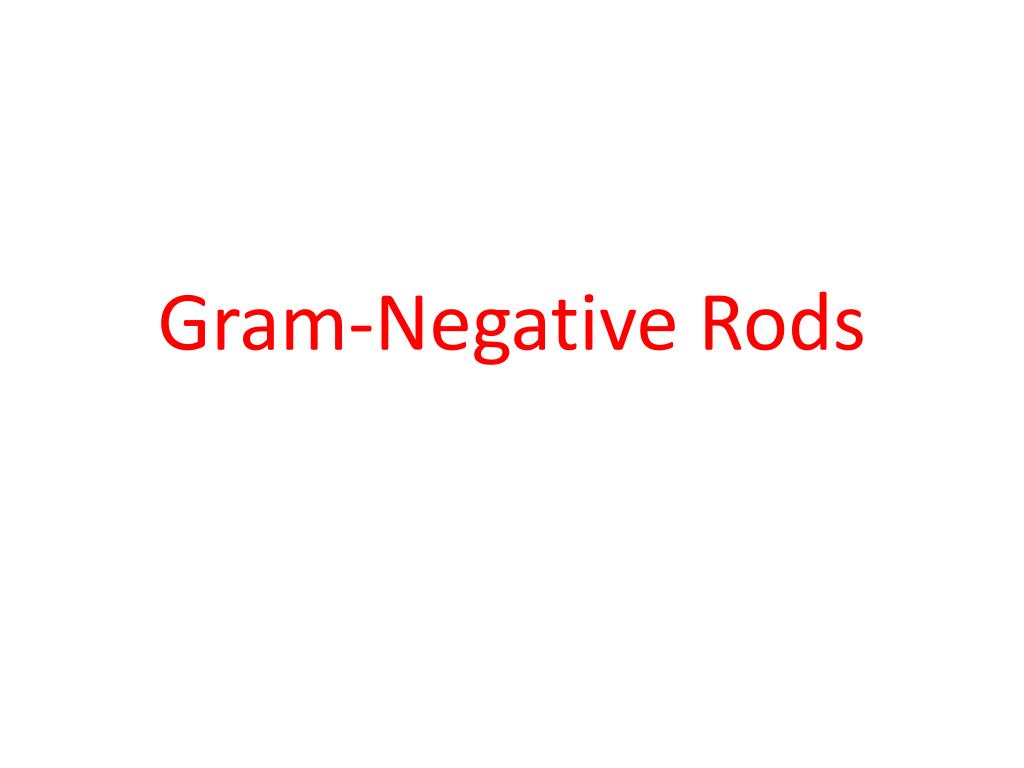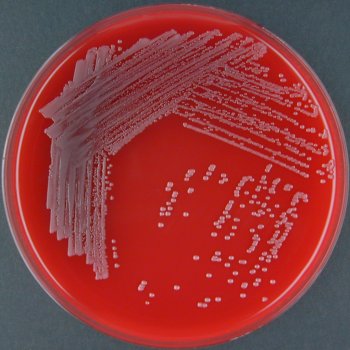

Cover the smear with malachite green stain for 1–2 minutes, using the longer time when the smear is thin.pale pink.Ĭaution: Acid alcohol is fiammable, therefore use it with care well away from an open fiame. Cover the smear with 3% v/v acid alcohol for 5 minutes or until the smear is sufficiently decolorized, i.e.Note: When the tap water is not clean, wash the smear with filtered water or clean boiled rainwater. Heating the stain: Great care must be taken when heating the carbol fuchsin especially if staining is carried out over a tray or other container in which highly fiammable chemicals have collected from previous staining. Only a small fiame should be applied under the slides using an ignited swab previously dampened with a few drops of acid alcohol or 70% v/v ethanol or methanol. Do not use a large ethanol soaked swab because this is a fire risk. Allow the heated stain to remain on the slide for 5 minutes. Heat the stain until vapour just begins to rise (i.e.Cover the smear with carbol fuchsin stain.tuberculosis whereas alcohol-fixation is bactericidal. Heat-fixation of untreated sputum will not kill M. Allow smear to air dry and then heat fix.Īlcohol-fixation: This is recommended when the smear has not been prepared from sodium hypochlorite (bleach) treated sputum and will not be stained immediately. M. tuberculosis is killed by bleach and during the staining process.
#Gram negative rods free#
Prepare bacterial smear on clean and grease free slide, using sterile technique.Summary of Acid-Fast Stain Application of Only decolorized cells absorb the counter stain and take its color and appears blue while acid-fast cells retain the red color. Then the smear is stained with counterstain, methylene blue. The non-acid fast organism lack the lipoidal material in their cell wall due to which they are easily decolorized, leaving the cells colorless. Then the smear is decolorized with decolorizing agent (3% HCL in 95% alcohol) but the acid fast cells are resistant due to the presence of large amount of lipoidal material in their cell wall which prevents the penetration of decolorizing solution. When the smear is stained with carbol fuchsin, it solubilizes the lipoidal material present in the Mycobacterial cell wall but by the application of heat, carbol fuchsin further penetrates through lipoidal wall and enters into cytoplasm. This method is used for those microorganisms which are not staining by simple or Gram staining method, particularly the member of genus Mycobacterium, are resistant and can only be visualized by acid-fast staining. The main aim of this staining is to differentiate bacteria into acid fast group and non-acid fast groups. Thus Ziehl-Neelsen staining techniques was developed.


Neelsen in 1883 used Ziehl’s carbol-fuchsin and heat then decolorized with an acid alcohol, and counter stained with methylene blue. So this method is also called Ziehl-Neelsen staining techniques. It is the differential staining techniques which was first developed by Ziehl and later on modified by Neelsen.


 0 kommentar(er)
0 kommentar(er)
